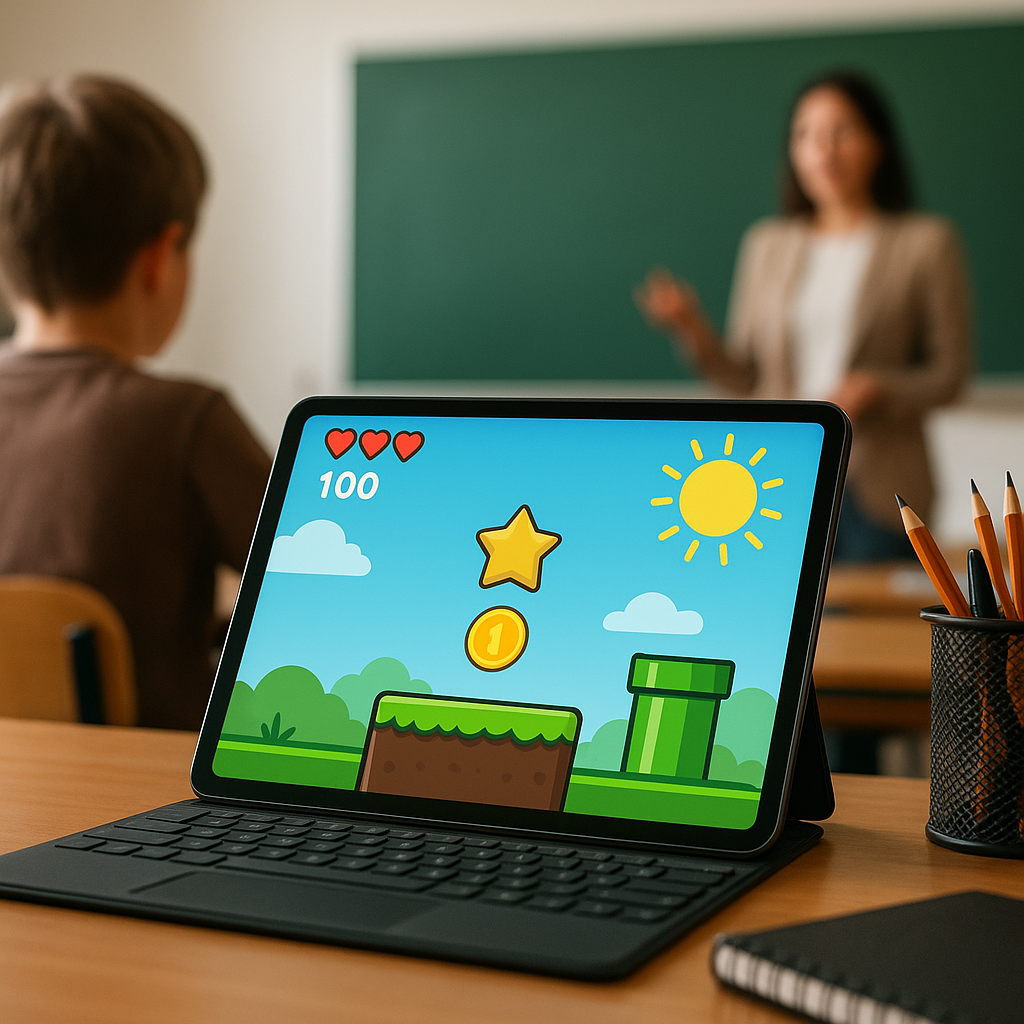The Art of Storytelling: Enhancing Engagement in Education

The power of storytelling in education extends beyond mere entertainment; it captivates students, fosters connections, and enriches learning experiences. This article delves into how educators harness the art of storytelling to boost student engagement and enhance educational outcomes.
The Importance of Storytelling in Learning
Storytelling has long been a fundamental aspect of human communication. In an educational context, it serves several crucial roles:
- Facilitating Understanding: Complex concepts can often be difficult for students to grasp. Narratives simplify these ideas, making them relatable.
- Enhancing Retention: People tend to remember stories better than abstract facts. By embedding lessons in narrative contexts, educators can improve recall.
- Fostering Empathy: Stories allow students to experience different perspectives and cultures, promoting empathy and emotional intelligence.
Engaging Students through Narrative
Educators are increasingly leveraging storytelling techniques to engage students more deeply. Techniques for effective storytelling include:
- Personal Narratives: Sharing personal experiences can make lessons feel more authentic and relatable.
- Interactive Storytelling: Involving students in the story, whether through role-play or collaborative storytelling, encourages participation.
- Multimedia Storytelling: Combining traditional narratives with video, audio, and visual aids caters to various learning styles.
Case Studies in Educational Settings
Several educational institutions have successfully integrated storytelling into their curricula, demonstrating its effectiveness:
1. Project-Based Learning Initiatives
Some schools have implemented project-based learning where students create their own stories related to the subject matter. For instance, a history class might require students to develop a narrative from the perspective of a historical figure.
2. Literature Circles
Literature circles, where students read and discuss texts in small groups, allow for storytelling to flourish. Participants share their interpretations, enriching the experience and enhancing comprehension.
3. Digital Storytelling
With the rise of technology, digital storytelling has emerged as a popular tool. Students use video and audio editing software to create their narratives, blending creativity with technical skills.
Challenges and Considerations
While the benefits of storytelling in education are substantial, there are also challenges that educators must navigate:
- Time Constraints: Incorporating storytelling often requires more time than traditional methods.
- Cultural Sensitivity: When addressing diverse cultural narratives, educators must be sensitive to different backgrounds and experiences.
- Assessment Difficulties: Evaluating storytelling-based assignments can be more subjective compared to standard tests.
Strategies to Overcome Challenges
Here are ways educators can address these challenges:
- Integrate Storytelling Gradually: By introducing storytelling techniques slowly, educators can adapt their methods without overwhelming their schedule.
- Encourage Inclusivity: Providing a platform for diverse stories ensures every student can relate and engage.
- Clear Assessment Criteria: Developing explicit rubrics for storytelling assignments can help standardize evaluation.
Expert Opinions on Storytelling in Education
“Storytelling engages students with the material, making the learning process more impactful and memorable,” says Dr. Laura Tisdale, an education expert at La Trobe University. “When students see themselves in the narratives, their motivation increases significantly.”
Conclusion: The Future of Storytelling in Education
As educational methodologies continue to evolve, the importance of storytelling is increasingly acknowledged. By emphasizing narratives in teaching, educators can cultivate an inclusive, engaging learning environment that inspires students. Embracing the art of storytelling paves the way for a future where students are not just passive recipients of information but active participants in their learning journeys.
Related Video
For further insights into the art of storytelling in education, watch this video.








